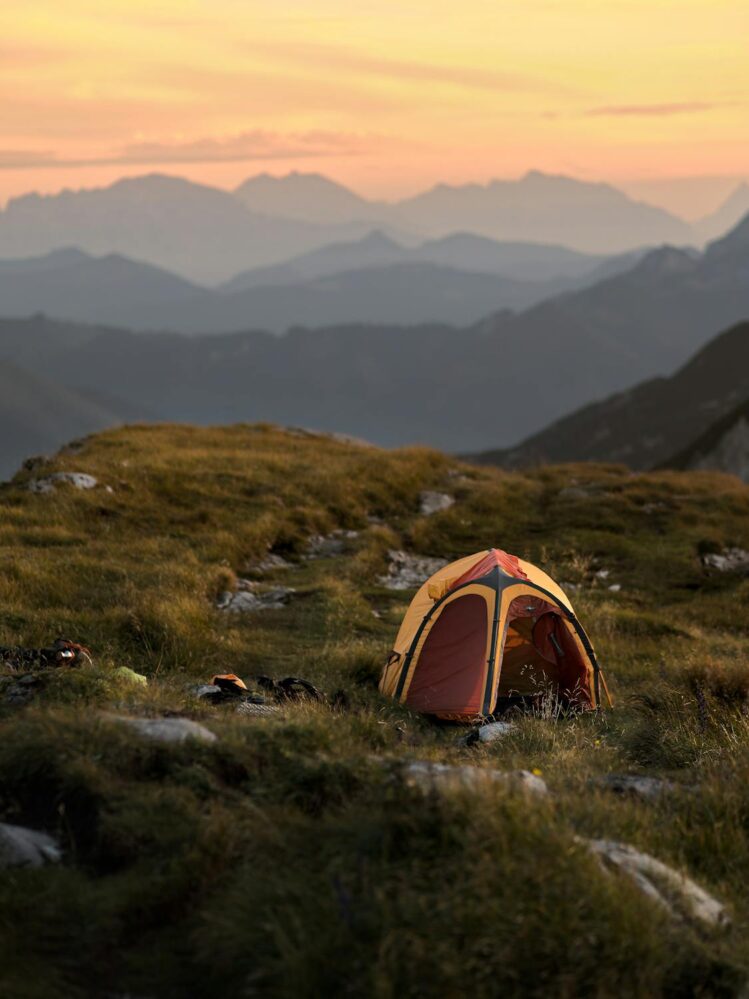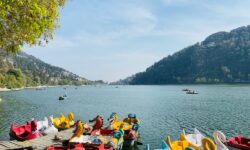
Trekking in Himachal is not just about reaching a destination—it’s about experiencing raw nature, crisp mountain air, silence that soothes, and trails that test your spirit. This north Indian state, hugged by the Himalayas, has long been the go-to destination for trekkers seeking high-altitude thrill, ancient forest paths, and unforgettable views.
This guide gives you a real look at what trekking in Himachal means—from the most scenic routes to things nobody tells you before you start. No fluff—just the real stuff every trekker should know.
Why Trekking in Himachal Attracts Serious Walkers
Himachal Pradesh has a mix of terrains few places can match. Dense pine forests, icy rivers, hanging glaciers, meadows blooming in wildflowers, and high mountain passes—this is what makes trekking in Himachal so special.
But it’s not just about the views. It’s also about the diversity in difficulty. Whether you’re a beginner or a pro mountaineer, Himachal has something tailored for you. Plus, most treks here are well-supported with local homestays or guided tours.
Best Time to Plan Your Trek in Himachal
Timing your trek can make or break your trip. Here’s how the year breaks down for trekking in Himachal:
- April to June: The most active season. Snow begins to melt, opening up high-altitude trails.
- July to August: Monsoon brings heavy rains, so landslides and leeches become real concerns. Not ideal for most treks.
- September to mid-November: Crisp air, clear skies, and vibrant post-monsoon greenery. A favorite season for photographers and experienced trekkers.
- December to March: Winter treks like Kedarkantha or snow hikes around Manali and Dalhousie become the main attractions.
Famous Routes for Trekking in Himachal
1. Triund Trek (McLeod Ganj)
- Level: Beginner
- Distance: 9 km (one way)
- Why it stands out: Short, simple, and unbelievably scenic. A clear view of Dhauladhar range and Kangra valley. Great for weekend plans.
2. Hampta Pass Trek
- Level: Moderate
- Duration: 4–5 days
- Why it stands out: Crosses from lush green Kullu valley to the barren Spiti landscape. Offers river crossings, snow bridges, and jaw-dropping campsites.
3. Bhrigu Lake Trek
- Level: Moderate
- Duration: 3–4 days
- Why it stands out: A high-altitude lake that reflects the sky. Steep but rewarding climb. Meadows that feel endless.
4. Pin Parvati Pass Trek
- Level: Difficult
- Duration: 10–12 days
- Why it stands out: One of the most challenging trails for trekking in Himachal. Wild river crossings, glaciers, and raw isolation. Not for casual hikers.
5. Kheerganga Trek (Parvati Valley)
- Level: Easy to moderate
- Duration: 1–2 days
- Why it stands out: Forest path leading to a mystical meadow and natural hot water springs. Part spiritual, part scenic.
What You Need Before Trekking in Himachal
1. Fitness is Non-Negotiable
Even easy treks in Himachal involve a lot of walking uphill. Practice walking 8–10 km daily with a backpack before you go. Stair climbing helps build leg strength and endurance.
2. Permits and Identity Proof
Some treks, especially near border zones (like Pin Parvati), need permits. Carry government-issued ID. Foreigners may need to report to local police posts before going ahead.
3. Local Support is Key
Hiring a local guide is more than just about navigation. It supports the local economy, and in tricky situations (wild animals, sudden weather change), they know how to respond.
4. Right Gear Can Save Your Trip
Invest in:
- Waterproof trekking shoes
- Layered clothing for temperature changes
- A quality sleeping bag
- Headlamp with spare batteries
- Power bank and waterproof covers
Safety Tips That Actually Matter
- Always inform someone before starting your trek. Share your expected return time.
- Don’t rely on phone signal. Most Himachal trails don’t have network beyond the base village.
- Respect the altitude. If you feel dizzy, nauseous, or breathless, stop climbing. Acute Mountain Sickness is real.
- Don’t litter. Carry all plastic back to base or dump at proper collection points.
- Avoid shortcuts. They’re often dangerous and unmarked for a reason.
Local Food You Should Try on Your Trek
Trekking in Himachal also means local Himachali flavors, especially if you’re staying with village hosts or cooking at camps:
- Siddu: A steamed bread filled with lentils or dry fruit, often served with ghee.
- Rajma-Chawal: Simple, energy-packed, and satisfying after a long walk.
- Madra: A chickpea curry made in yogurt base. Tastes great with rice.
- Kheer or Local Sweet Dishes: Many villages serve local desserts, often with natural jaggery and dry fruits.
These foods keep your energy up and help acclimatize better than packaged snacks.
Real Challenges of Trekking in Himachal
Let’s be honest—trekking in Himachal isn’t always picture-perfect. Here are the not-so-Instagrammable truths:
- Unpredictable weather: Sunny mornings can turn into snowstorms or hail within hours. Be ready.
- Basic sanitation: Most remote trails don’t have toilets. Carry biodegradable toilet paper and a small trowel.
- Wildlife: Bears and leopards are rare but real. Avoid trekking after dark and always stay in groups.
- Water sources: Not all streams are safe to drink from. Carry a purifier or iodine tablets.
Budgeting for Your Trek
While costs vary depending on the trek, here’s a rough idea for budgeting trekking in Himachal (excluding travel to Himachal):
| Item | Budget Estimate (INR) |
|---|---|
| Local transport (jeep/bus) | 500–2000 |
| Guide and porter | 1000–2000 per day |
| Camping gear rental | 300–800 per day |
| Food and water | 300–600 per day |
| Permits and entry fees | 100–500 (if required) |
Tip: Booking with local operators directly is more cost-effective and helps preserve local jobs.
Hidden Trails for Solitude Seekers
If you’re looking to go beyond the typical Instagram spots, try:
- Kareri Lake (Dharamshala region): A peaceful alpine lake surrounded by pine forests.
- Churdhar Trek (Sirmaur): Lesser-known trail with rich birdlife and spiritual importance.
- Tirthan Valley Treks: A paradise for offbeat lovers. Trout fishing and quiet homestays.
These trails offer a deeper connection to nature and fewer tourists.
Final Thoughts: What Trekking in Himachal Teaches You
It’s not just a physical journey. Trekking in Himachal often shifts your mindset. You learn patience when the climb gets harder. You feel gratitude while drinking water from a glacier stream. You experience humility standing before mountains older than time.
If you’re looking for meaning beyond scenery, Himachal’s trails will give it to you. Just make sure you come prepared—physically, mentally, and with deep respect for the land and its people.






